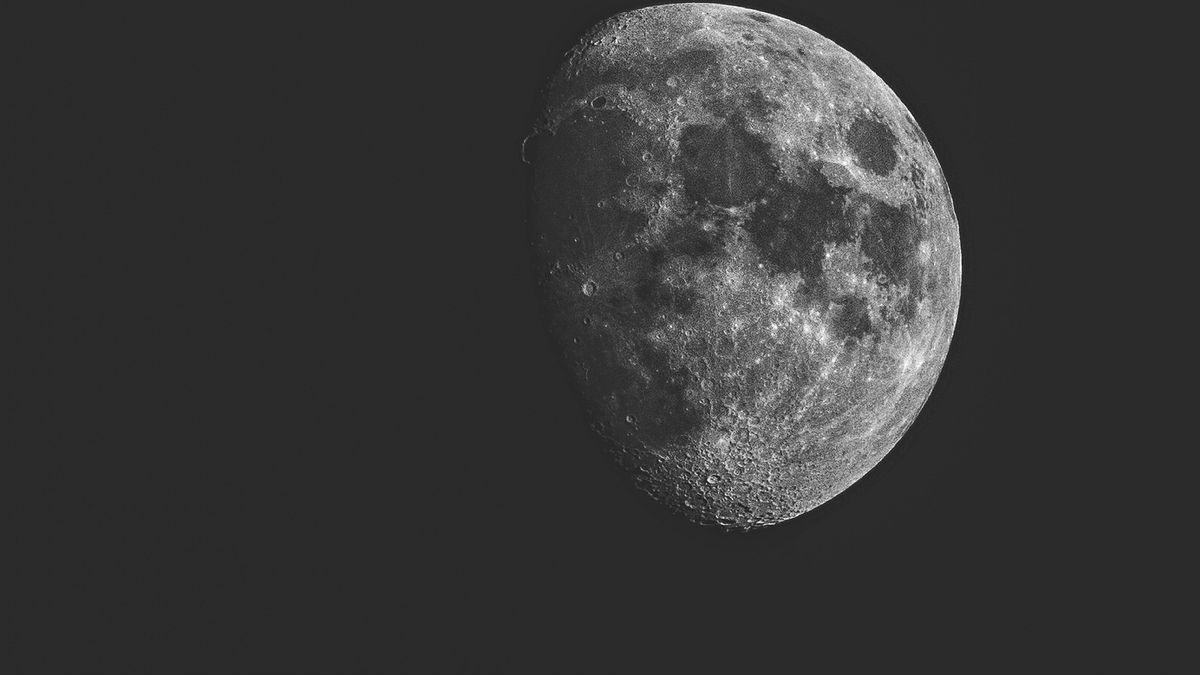How to successfully run a truly innovative company — Roofshot and Moonshot projects side-by-side
We have all read and heard about how highly successful companies like Apple, Tesla, Facebook, Alphabet (Google) and Amazon innovate in a pace almost imaginable. How does this all work? And should our organization do the same?
Fully autonomous self-driving cars, flying drones delivering fresh juice on the doormat in hours, and a network of giant balloons soon to bring fast internet access to remote regions of rural Kenya.
All such amazing inventions are what most would call moonshots; inspiring and ambitious, pushing the limits of what is possible, changing the world. And all this achieved in an assumed very short period of time.
So all of these are moonshots, right? Or?
Meet Roofshots.
I first became aware of the term roofshot after reading “How Google Works” by former CEO of Google, Eric Schmidt and Jonathan Rosenberg, former SVP of Products at Google and now an advisor to Alphabet CEO- and founder Larry Page.
Without knowing it I had been doing roofshot projects for well over a decade, and so finally having a proper term to overall label the projects felt great.
While moonshots are extraordinary visionary stuff, and disruptive to the fullest, with a 10X leap forward if successful— roofshots on the other hand is the methodical and relentless process of continuously improving 1.3–2X, quarter after quarter, year after year.
Roofshots is the methodical and relentless process of continuously improving 1.3–2X, quarter after quarter, year after year.
Doing some math tells us that less than three years of roofshots gives the same value as one moonshot, of which most moonshots will eventually fail given the extraordinary amount of ambitions put into them, compared to roofshots, which very rarely fails.
And the added bonus with roofshots; a 30% improvement already in the first quarter — while the results for moonshots will have to wait until three years time — if they succeed, that is.
So what about all the great innovations we hear about every day? Are they roofshots or moonshots?
Tesla and their cars' self-driving capabilities definitely sounds like moonshots when reading the news. However it is “just” a roofshot project, with engineers and other smart people showing up at work day in and day out, year after year, developing, optimizing, testing, adjusting, researching, and iterating over and over again, continuously optimizing the self-driving capabilities one small step at the time. And, lots of other companies also work on self-driving cars.
The Tesla robotaxi project on the other hand, allowing anyone to rent a Tesla car and have it drive itself to where one is located, and then take you to wherever you want and back, and finally self-delivering it back to its owner and have it automatically parked in the garage — that is a moonshot.
Google Search, with its amazing accuracy and speed? Roofshot.
Amazon's products recommendation engine? That at least sounds like a true moonshot invention, as it always pops up extremely relevant product recommendations wherever I click on the site. Also based upon roofshot invention. Since all the way back to the 90s.
As we see most true inventions are a long sequence of roofshots, a compelling innovation model for “the rest of us” which just show up at work and get shit done. Day in and day out, until great things start happening.
Ok, so what are moonshots then?
A moonshot is, in the technology context at least, an ambitious, exploratory and ground-breaking project, normally undertaken without any near-term expectation of profitability, and without the full investigation of all potential risks and benefits to come further down the road.
Moonshots addresses huge problems, proposes radical solutions and uses breakthrough technology never used before.
The exact term derives from the Apollo 11 spaceflight project, which as we all know landed the first human on the moon back in 1969.
Other moonshot projects includes Project Calico, an Alphabet (Google)-owned company, with the goal to fully understand the biology of the human body, and to further try to extend the human life to live longer.
Ok, I think I got the difference between roofshot- and moonshot projects. Let me try to sum them up.
Roofshot projects are still ambitious, yet very achievable, if iterating and optimizing them relentless year after year.
Moonshot on the other hand are highly ambitious projects, never-before tried, bleeding-edge to the max and with the potential of changing the world over a relatively short period of time seen from a historical perspective.
So what should we as an ambitious company do?
- Simply have a few (one, maximum three) moonshot projects ongoing at any given time, run by a small group of people who would normally chase roofshot projects with an extraordinary passion.
- All the other (still ambitious) projects should be defined as roofshot projects, continuously improved quarter by quarter.
As roofshot projects are evolutionary, moonshot projects are revolutionary. And as history has shown, evolution triumph everything else in the long term.
Use 80% of your company's resources on the roofshot projects.
Be sure to use 80% of your total resources on the roofshot projects, and have a goal of them generating the continuous income of 80% of your total revenue, while the moonshot projects get a maximum of 20% of the resources, generating up to 20% of the revenue, and — with a potential of 10X, if any of them succeed that is.
And what shall I personally do?
For the 80% of us; Go out there and dream big, and show up at work every morning, relentlessly and incrementally accomplishing each step of the long journey towards the continuous success.
And for the 20% moonshot'ers; Try hard. Fail hard. And one day you will also succeed.

